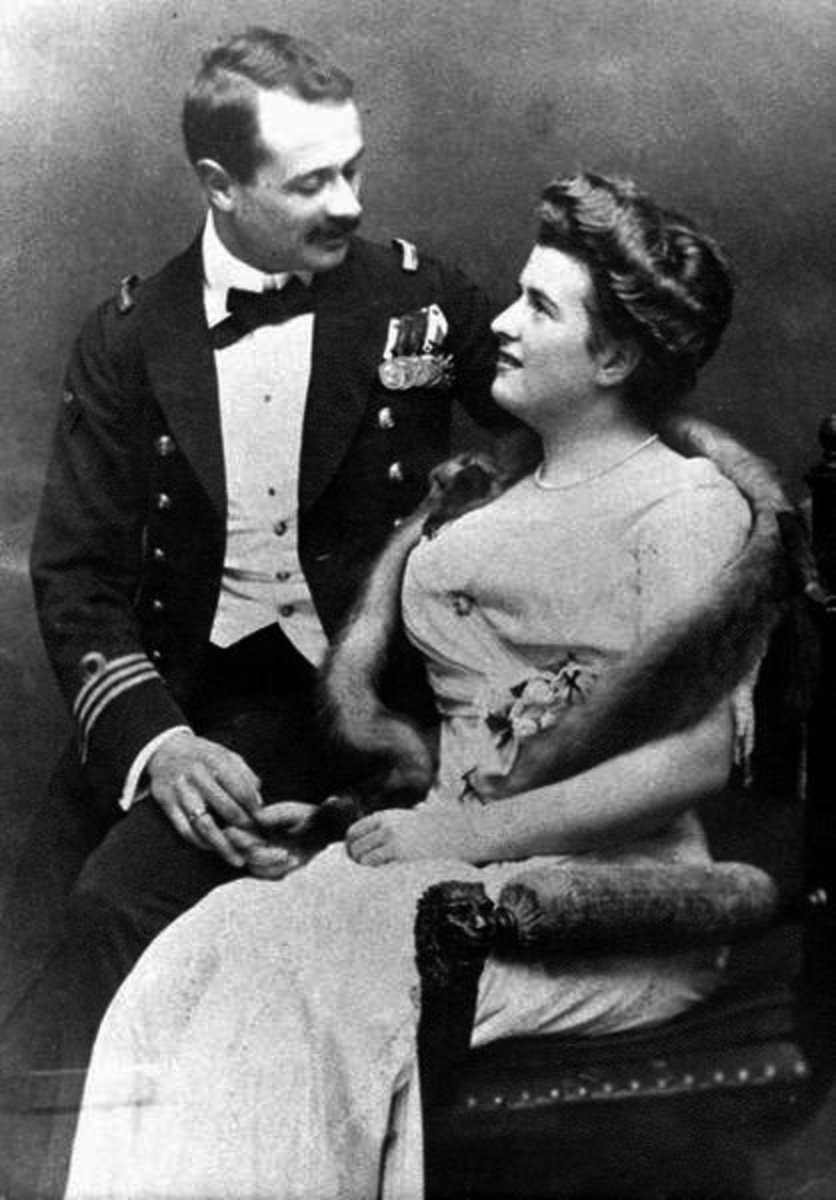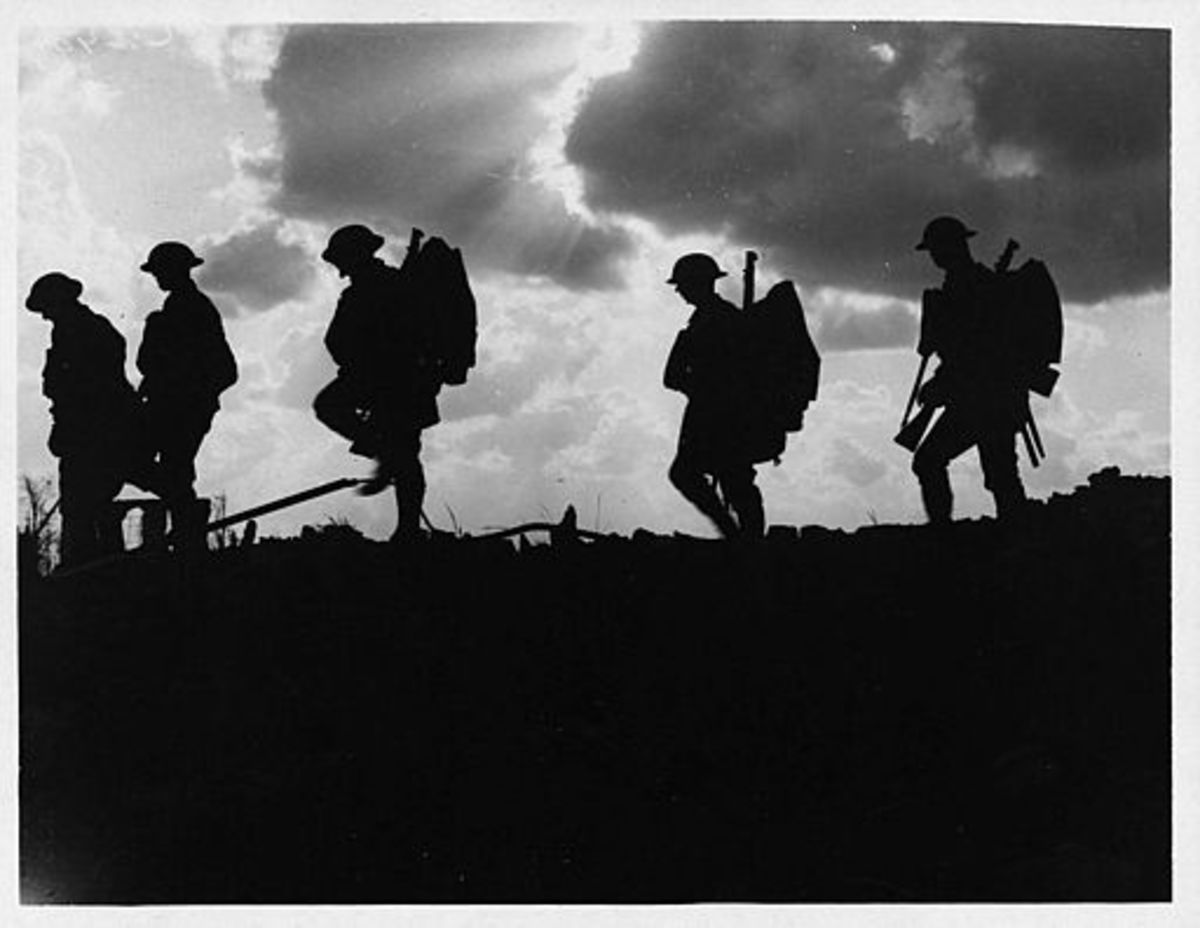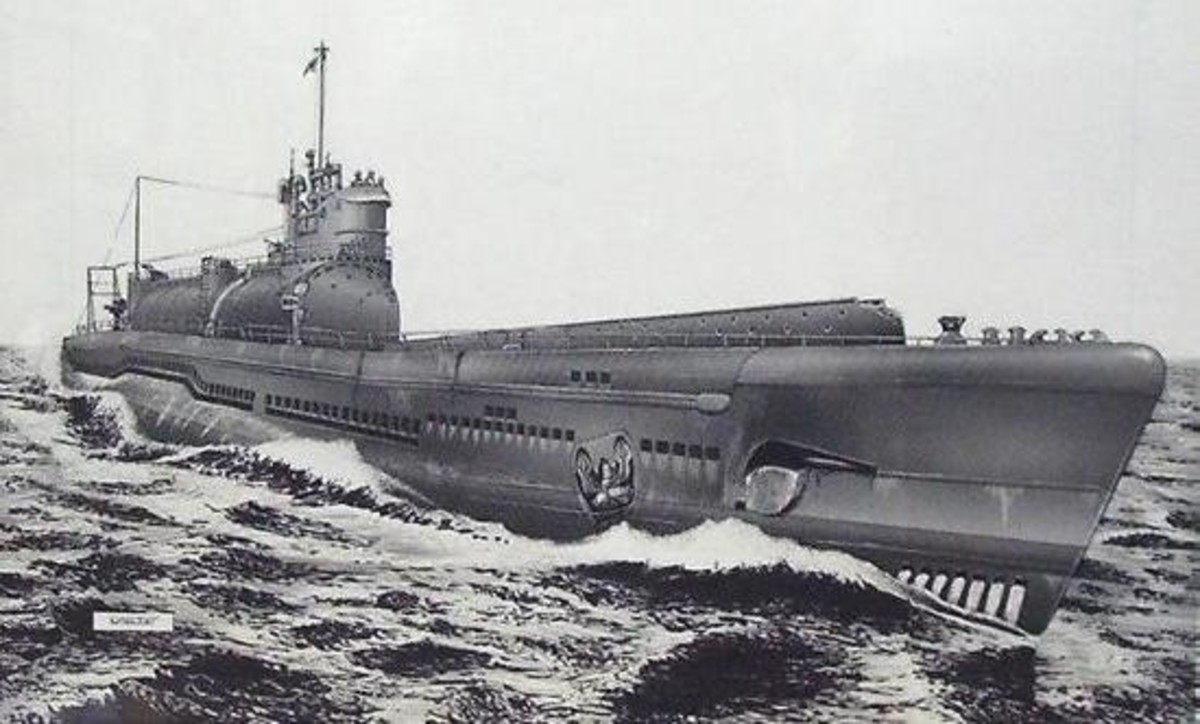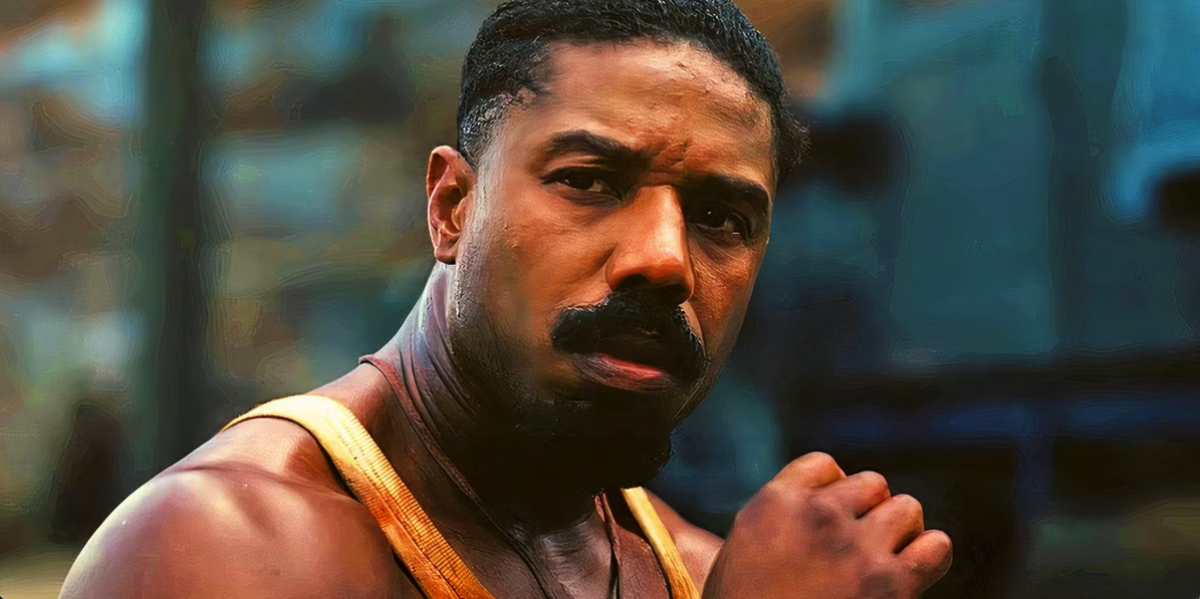Time-bomb: WWII In Two Films

Lurking: Poignant Reminders of War in 2 WWII Films
As the world regains a new order and the World Wars march into the mist of distance and remembrance, the world is changing in many aspects in that wars are now happening, playfully, in the movies, whereas at the real front they are occurring in less destructive, but at a rate more instantaneous than ever before due to the advancement of technology and science. Since mortals seem to forget where it all began, why not revisit the cradle of it all, the World Wars, to remind the world that D-Day is not all that far behind and the globe can still annihilate itself. It is all possible with a means that is accessible to all: film. With the following two very realistic films, it is possible to review the groping sense of fear, the fight to the death sense of the trapped soldier and the helplessness of women and children caught up in a perpetual ill order.
1. Das Boot
In this story that lasts for close to three and a half hours, by the director Wolfgang Peterson, the crew of a German submarine take on a maiden course where they meet with one fate after another, all in the cloak of claustrophobia, ennui and lethargy. The film begins in 1942 when the Germans were at the height of their submarine terror but just prior to their weakening courtesy of ensuing payback by the British and Allied destroyers. This is why as the u-boat hits the turquoise blue waters and dives into the deep, it is all eyes and the senses for communication with other u-boats seems to be strangely cut. At the same time, a war correspondent from Mexico, of German origin, cuts to the chase with the vigor of the media only to discover the gradual changes to wartime want. The state of shaved-turned-grizzled bearded men, including the moody yet jovial captain, in a number of months upon embarking, all seem a world apart from the cheerful start. The submarine keeps on skidding below surface only to resurface later to witness the onset of a few freighters seemingly ready to receive its missiles, and indeed the captain just sends orders to such an effect, only to sight a destroyer ahead of the freighters when it is too late. It is easy to imagine the terror of some of the unqualified crew as the machine dives more than 200 meters beneath the surface, caught like sewer rats in a pond where communication is abuzz with nothing else than static from hit and miss depth-charges from above.
Das Boot particularly brings the haziness of the World Wars to heart, for at near the end of the chase, soon after refueling, the u-boat takes a dangerous wake across the Gibraltar sea, now encroached with British vessels. The crazy idea was to move under the surface as close as possible and as silently to the Gibraltar side, through the 'eye of the needle' as one crew man later recounts, only for it to suffer sighting by the air force from the above even as the shells spray all over the ship and it sinks. Through it all the crew gets into hard work amid tell-tale aided breathing. The chief technicians spend more than 15 hours trying to repair the pressure turbines and resuscitate the engines even as the marines fetch water by the armfuls to release the ship of its foreign load at the sandy bottom.
It is movies like these that can cast a picture in the eye of the beholder to the effect that war is not a natural thing but a manmade thing: reason being that through ardor and hard work of the men in a seemingly insurmountable task, they finally lift off the u-boat again, which leaves one wondering if this could have happened if they had made better efforts with their mechanical talents to save their lives rather than engaging in battle tactics. This truth comes about after the submarine, which by then had managed to sink only one vessel (a leftover by another u-boat) finally arrives to its home port amid a celebration with top officials in the Wehrmacht. A short breather is all it takes for the firefighters to come from nowhere and annihilate the scene from the skies as if it never existed.
2. Saving Private Ryan
During the Normandy Landings in June 1944, it is now or never for a million or more Allied men to break the German wall and save France and Europe from the hands of tottering Germans for all time. The film begins the action with a stark old Ryan reviewing the carnage that the immaculate, nameless grave stones that stretch for miles show of the reminder of the war and the men who died in it. The eye zooms into the unforgettable opening and relentless stark scene of the Omaha Landings by the US marines. It is as real-looking as a stark grey painter's canvas lying in the gutters of completion just before it goes under the hammer never to be the same again. This scene lasts for several minutes pitting the more advantaged defending Germans and the rising troops who are falling back into the ocean. Even as their tactical expertise allows them to penetrate the barricade, by then several important deaths have happened, among them probably all four sons of the same mother and the news reaches George R. Marshall, the US Army Chief of Staff.
In that realistic spirit of war, individual lives matter more than the whole. The personal courage of Private Ryan comes to the test after a captain comes in searching for him to bring him home after the news that his other three brothers have succumbed to the war and his whereabouts are unknown. Ryan refuses to back down after commiserating the death of his brothers, and ingrained with the need to salvage a bridge, where his rescuer, Captain John Miller played by Tom Hanks has found him, stays put and is ready to dictate a message to his mother that at the time his rescuer found him he was standing firm and doing well. As courage under fire gives one indefatigable spirit, Capt. Miller enjoins him to defend the bridge under one condition: he should stay in the same battle station with Ryan.
The end of the movie, similar to Das Boot, even after a belated victory, is a sad one. The rescuer has died but Ryan, who is still standing, will always remember the demise of his friend by revisiting these death fields in his mind's eye even as the film cuts back to the unknown soldier's cemetery.
In short, whether in form of terrorism, civil war or other atrocities, war never ends but its tactics keeps changing. This leaves the best instruments of curing humanity of the greed to kill as those of essentially reminiscing on the old times when catastrophes would claim tens of millions in five years rather than the handful that take place in modern times after every terror blast. With movies like Das Boot and Saving Private Ryan, books like All Quiet on the Western Front, paintings like Europe after the Rain II, performing arts like Brecht's Drums in the Night and music like Shostakovich's Symphony No. 7 (Leningrand), art and motion picture memorabilia might instill fear in people of a time bomb that is ready to open.








